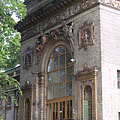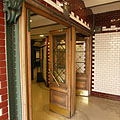
 観光や旅行情報
観光や旅行情報
(小さな画面のデバイス用に最適化)
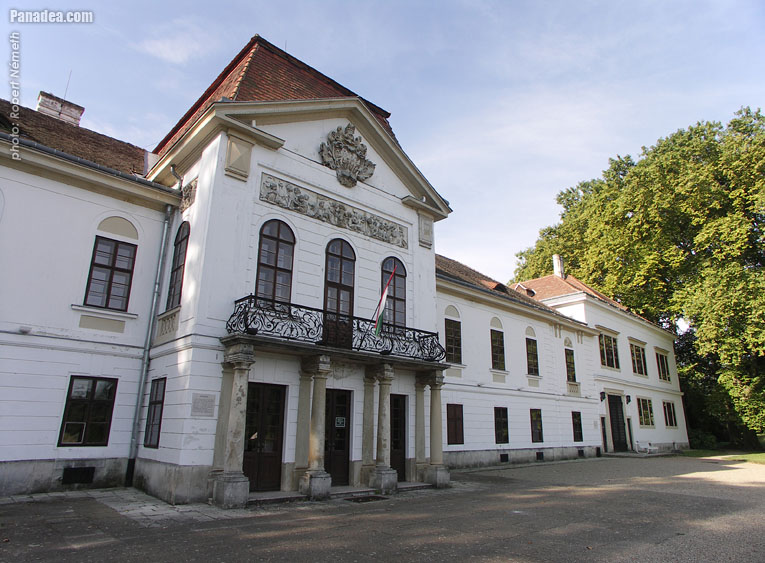
Nagycenk
Where the "Greatest Hungarian" lived
Where the "Greatest Hungarian" lived
Its name is strongly connected with the Széchenyi family, more precisely with István Széchenyi. The most important sight of the city is the neo-classic castle from the Baroque era built by the family. It attracts plenty of visitors with its stately furnished memorial museum and elegant jardin anglais.

The name of the settlement first appeared in a Latin document of an estate purchase in 1291, but in the name of Zenk. During the course of time two settlements have existed next to each other, both of them bearing the name Cenk. They have been given different prefixes to differentiate between them (e.g. Gödörcenk, Tótcenk), and now better known as Kiscenk and Nagycenk. Although the two settlements were united in 1892, they have remained geographically separate from each other.
Just like Fertőd, this settlement used to the property of the Kanizsay family, then to the Nádasdy family. Because of his part in the Wesselényi plot, Ferenc Nádasdy was executed, and the estate became the property of the royal treasury.
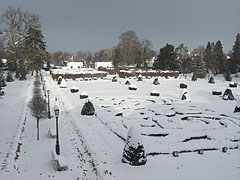
After all these events the new owner, Miklós Draskovich, pawned the estate for cash to the wealthy bishop of Győr, György Széchenyi in 1678. Later the estate became the property of the Széchenyi family once and for all, so this enabled them to rise to the Hungarian peerage.
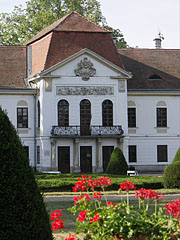
The construction of the Széchenyi castle was started by Antal Széchenyi with the re-building of a former 18th century mansion. This was later converted considerably by the enlightened thinker, Ferenc Széchenyi, who was also the founder of the National Theatre. The best years of the castle fell in the time when it was inherited by his son, István Széchenyi, and Mihály Pollack, the architect, appealed for further expansion and modernization. Among these gas lighting and water closets catered for the convenience of the residents at these times.
István Széchenyi, born in 1791, was called ‘the greatest Hungarian’ by his political rival, Lajos Kossuth, the key figure of the Revolution and War of Independence of 1848-1849. The idea of uniting Pest and Buda and appointing Budapest the capital of the country was first considered by István Széchenyi. It is also true that the construction of the first permanent bridge in the city, the Lánchíd (‘Chainbridge’), the launch of steam shipping on the Danube and several other projects improving Hungary are connected with his name.
特性、特徴
種類:
自治体、村
位置:
ヨーロッパ(大陸) > ハンガリー(国) > 西ハンガリー(観光地域) > Győr-Moson-Sopron megye (county)(県(郡)) > Little Hungarian Plain (Kisalföld)(地理的地域)
GPS座標: の緯度 47°36'10"、の経度 16°41'55" (N47 36.17 - E16 41.92)
Nagycenk - フォトギャラリー(32の写真)
Nagycenk - パノラマ画像(1の写真)
また、に興味があるかもしれません(関連ページ):
旅行ガイドの目的地:
Nagycenk(32の写真 + 1のパノラマ画像)
Little Hungarian Plain (Kisalföld)(376の写真 + 5のパノラマ画像)
Győr-Moson-Sopron megye (county)(433の写真 + 5のパノラマ画像)
西ハンガリー(985の写真 + 10のパノラマ画像)
ハンガリー(27,287の写真 + 163のパノラマ画像)
そしてさらに:
(ここで内側:Győr-Moson-Sopron megyeとLittle Hungarian Plain)
Fertőrákos(68の写真)
Rábaszentandrás(25の写真)
Fertőrákos(68の写真)
Rábaszentandrás(25の写真)
Sopron(57の写真)
Csorna(72の写真)
Fertőd(37の写真 + 2のパノラマ画像)
Csorna(72の写真)
Fertőd(37の写真 + 2のパノラマ画像)
Győr(111の写真 + 2のパノラマ画像)
Győr(111の写真 + 2のパノラマ画像)
Szany(31の写真)
Szany(31の写真)
ここにすべてのパノラマ写真:
Nagycenk(1の写真)
Little Hungarian Plain (Kisalföld)(5の写真)
Győr-Moson-Sopron megye (county)(5の写真)
西ハンガリー(10の写真)
ハンガリー(163の写真)
ヨーロッパ(165の写真)
ここにすべての通常の写真:
Nagycenk(32の写真)
Little Hungarian Plain (Kisalföld)(376の写真 / 11のギャラリー)
Győr-Moson-Sopron megye (county)(433の写真 / 12のギャラリー)
西ハンガリー(985の写真 / 27のギャラリー)
ハンガリー(27,287の写真 / 462のギャラリー)
ヨーロッパ(30,494の写真 / 523のギャラリー)
あなたの友人と共有して下さい!
等
私達について - 法的事項および & 免責事項 -
すべての権利を保有
- ©2010-2022
Neuronit Creative Studio - Mogyoród / ブダペスト / ハンガリー







